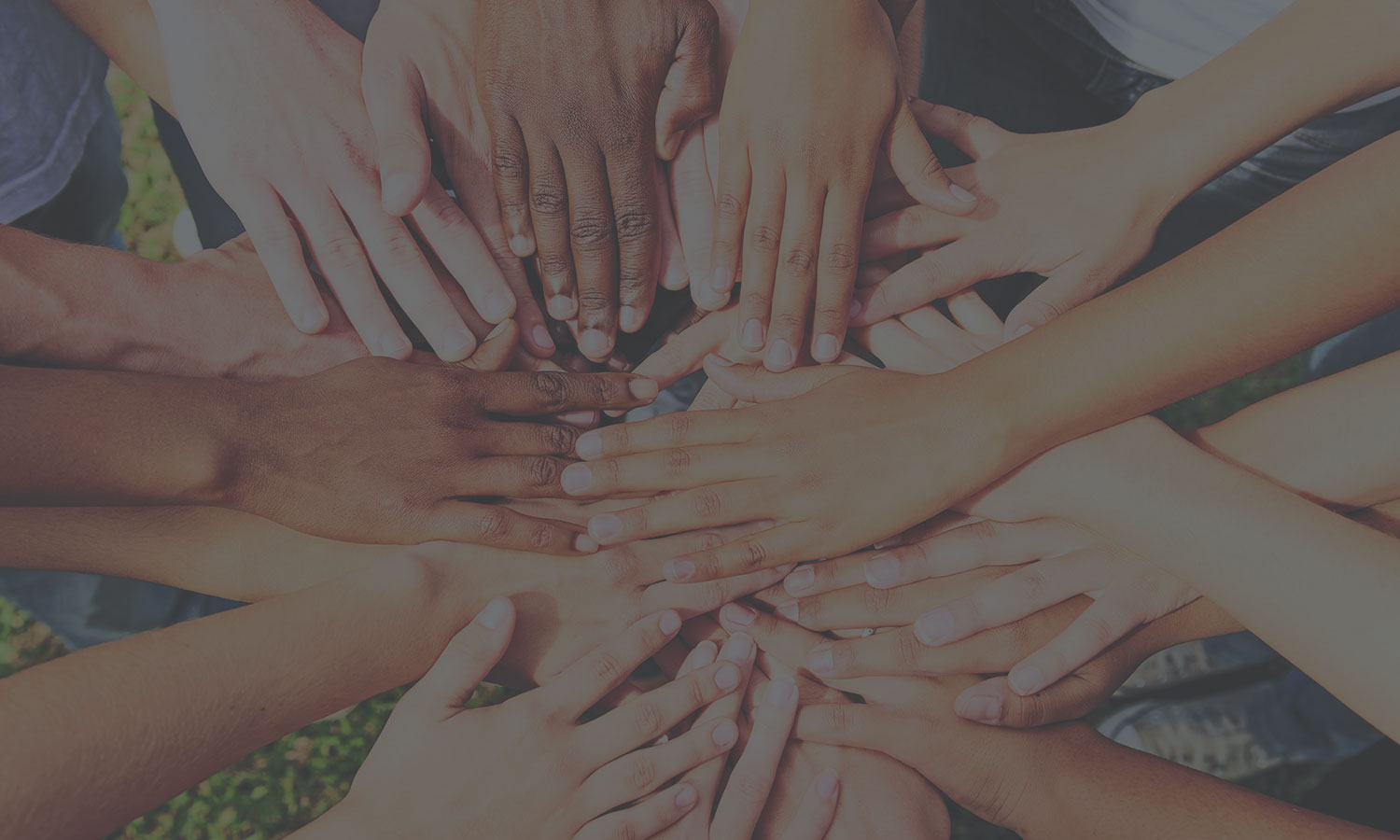Guest Blog Post: Exploring the Intersection Between Domestic Violence and HIV

This is the second post of a series highlighting the topics, speakers, and participants featured during FUTURES’ 2015 National Conference on Health and Domestic Violence. Today’s guest blogger is Surabhi Kukke, MPH has worked in the field of women’s health and human rights for 15 years. Surabhi will be leading a Pre-Conference Institute on the intersections of HIV and gender based violence.
The relationship between violence against women and vulnerability to STIs and HIV has been documented worldwide for decades. Here are the facts: Abuse of women and girls can increase their risk for becoming infected with STIs and HIV. Upward of 50 percent of abused women report having experienced forced sex—a well-established high risk factor for STI and HIV infection. Intimate partner violence (IPV) can also prevent women living with HIV from accessing necessary treatment and care, and the stress caused by abuse can further compromise their immune systems and accelerate the progression of the disease.
The momentum to address these intersections has been growing in the United States, notably with the establishment of the Interagency Federal Working Group to explore the necessary policy response. With the recent release of the Update on Efforts to Address the Intersection of HIV/AIDS, Violence Against Women and Girls and Gender-Related Health Disparities by the Working Group, we see progress toward the objectives set out in their original report. Federal, state, and local partners are working to identify and study most effective approaches to improving the health outcomes of women who are both victimized by violence and affected by HIV. Across the board, comprehensive, trauma informed approaches are rising as best practice, but need adequate resources to be implemented.
Domestic violence advocacy programs have a critical role to play in this effort. Understanding the unique needs of HIV-positive survivors or survivors worried about being infected will improve the care they receive. Building partnerships with local HIV service providers is one important step toward supporting HIV positive survivors. In addition, partners at the National Resource Center on Domestic Violence have developed a brief e-learning module for advocates on how to create a culture of acceptance for HIV survivors in shelter. Training for advocates is also available through the National Network to End Domestic Violence.
From HIV prevention to treatment and long term care, health care providers have opportunities to reduce the isolation of women who are being victimized by intimate partners and increase their options for safety and better health. Health care providers can help support the needs of women living with HIV and IPV by:
- Implementing universal healthy relationship education and violence prevention programming to engage all patients in thinking about what they deserve in their relationships
- Integrating IPV screening into pre-test counseling and post-test counseling that includes lethality assessments and safe partner notification protocols
- Recognizing the impact of IPV on treatment adherence and the ability to consistently attend medical appointments
FUTURES is working to develop training resources for health care providers to address these intersections in a variety of health care settings. Stay tuned for more details!
Want to know more?
- Register now to hear Surabhi speak at the National Conference on Health and Domestic Violence!
- Subscribe to the Health e-Bulletin for updates and information from FUTURES
- Learn more about FUTURES health programs and initiatives





